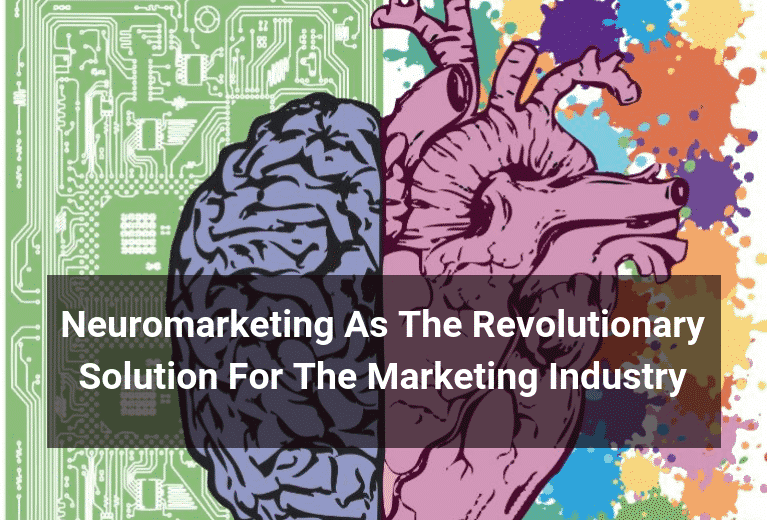With the amount of data a typical e-commerce website gathers today marketing shouldn’t be harder than a walk in the park.We know everything there is to know about our clients from their name, location, and contact details to their preferred groups of products and favorite communication channels. We track their behavior, analyze patterns, segment audiences with respect to our business goals and yet our revenue doesn’t skyrocket though the data suggests it should.
Why?
This may sound a bit cheesy, but people are more than cells of digits in an excel sheet. More often than not, emotions and desires guide your client’s thinking process rather than rational logic. This is especially true for e-commerce businesses where spontaneous purchases are the bread and butter of the revenue stream.

Personalization corner
Studies, researches, blogs, and industry influencers are cramming a very important message into our head 24/7/365 – personalization is king.
With 84% of consumers saying that being treated like a person, not a number, is an integral element of a successful relationship with a brand personalization is, indeed, a pivotal element of your marketing strategy.
Obviously, the e-commerce industry has embraced the change. The customer is always right, after all. Especially when his desires make our day easier.
We’ve updated our web presence with forms, interview fields, or any other bells and whistles designed to gather and analyze personal data. Our e-commerce stores have moved to new, shiny CMS systems and our sales teams were challenged with the task of mastering CRM software.
Our databases grew; bulk SMS, email, or ad messages were personalized and then sent with unseen precision.
We were about to enter a new era of effortless e-commerce where the sun is always shiny and rainbows only come from a unicorn’s… horn.
And then nothing happened.
Nothing of importance, there is. Sure most of the brands have experienced a slight positive shift in their ROI. Some of the major brands and early adopters have even skyrocketed thanks to personalization, but let’s be honest here – with their budgets a rock will bring in leads.
As for everyone else, the only difference was that we now had names and relevant offers in our marketing materials.
Again, why?
One might say that most modern retailers have chased themselves into the personalization corner where having too much data about your client makes them look less human and more like the dreaded cells in an Excel sheet.
While partly true, the reason brands still struggle with personalization lies in a different place. The person behind the screen filling your form is a living, breathing human being.
Or, in simpler words, that person can (and probably will) lie.
The human brain as complex as it is strange and irrational.
Did you know that consumers who fill out forms and surveys were actually proven to conceal their true preferences from the interviewer for no particular reason other than a subconscious hunch?
Enter neuromarketing
“Neuromarketing is a technique used to improve the effectiveness of marketing efforts by studying the psychology of a company’s consumer base. The goal is to better understand your customers and how your marketing will have an effect on them by tracking their brain activity,” says Jonathan Rosenfeld, an executive at Scribble Live.
In simpler words, neuromarketing brings in the science into Data Science by analyzing responses and reactions of a human brain to certain types of visuals, messages, etc.
Ok, but how can guys in white robes attaching wires to people’s heads help marketers with their work?
PepsiCo’s Frito-Lay has an answer as they’ve already used neuromarketing to test their potato chip packaging to interesting results. A flashy package with a delicious depiction of the finished product triggers feelings of guilt in consumers. A matte beige packaging with a picture of raw potatoes as well as other healthy, natural ingredients doesn’t.
A simple look at the new beige packages should tell you the story of whether the experiment worked or not.
What’s more important is that neuromarketing brings predictability to the table. Remember the Darth Vader kid ad by Volkswagen from Superbowl 2011? It went viral with 61 million views on YouTube.
Did the guys behind the ad know what they are doing? Most definitely. According to Dr. Sands from Sands Research, the ad had the highest neuro-engagement rate he has ever seen.
Predictability, in turn, can save billions.
Take a look at yet another amazing Superbowl ad. This time it’s “Human” by M&Ms’
According to the people studying the add, the shocking climax was obviously the biggest selling point of the video. That said, the last 10 seconds didn’t have anything they could bring to the table. Cutting them could have saved as much as $1.5 million.
The power of truth
Consciously or not, people will lie. Not due to malicious intent but because we are hardwired to be friendly. We simply don’t want to willingly offend others with negative feedback even in a marketing form on an e-commerce website.
Our sub-consciousness, on the other hand, is incapable of telling a lie. Cater your content, copy, product listings and descriptions to it instead of trying to rationalize shopping patterns.
How?
- Don’t describe features of any given product. Emphasize ways it can help your audience.
- Appeal to emotion over logic. Use bright, colorful visuals that may or may not be related to the product while portraying its vibe.
- Use the AIDA model: grab Attention, generate Interest, enforce a Desire, and then call to Action.
- Lastly, observe and test more than you act. Especially if you are using the AIDA formula.
Not a silver bullet
The neuromarketing industry is worth $2 billion for a reason: it is one of the most accurate ways of truly understanding your audience and personalizing your messages.
It has some flaws. For once, it is expensive. Then there’s the fact that implementation takes a lot of time. But if someone told you that you’ll be able to literally get into your client’s head, wouldn’t you?
About the Author:
Eric is a digital marketing specialist at Axonim.com who is always looking for ways to improve his skills. He’s always traveling when he’s not at the computer. Eric likes to share his thoughts and believes that his articles will help a great number of people. Feel free to contact him on Twitter!

Ready To Upgrade Your Logistic Solution?
Speak to Floship ecommerce logistic consultant about improving your global support chain today




